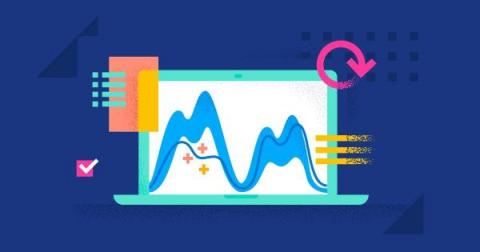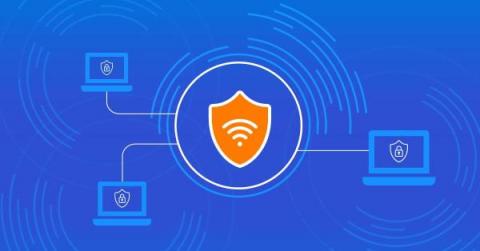Beat the holiday rush with Elastic Observability
September is here, and that means many retailers have already begun preparing for the upcoming holiday season. One weekend in particular tends to be the real-life stress test that companies have come to develop a love-hate relationship with: Cyber Weekend. Or more specifically, Black Friday, Cyber Monday, and the weekend in between.











